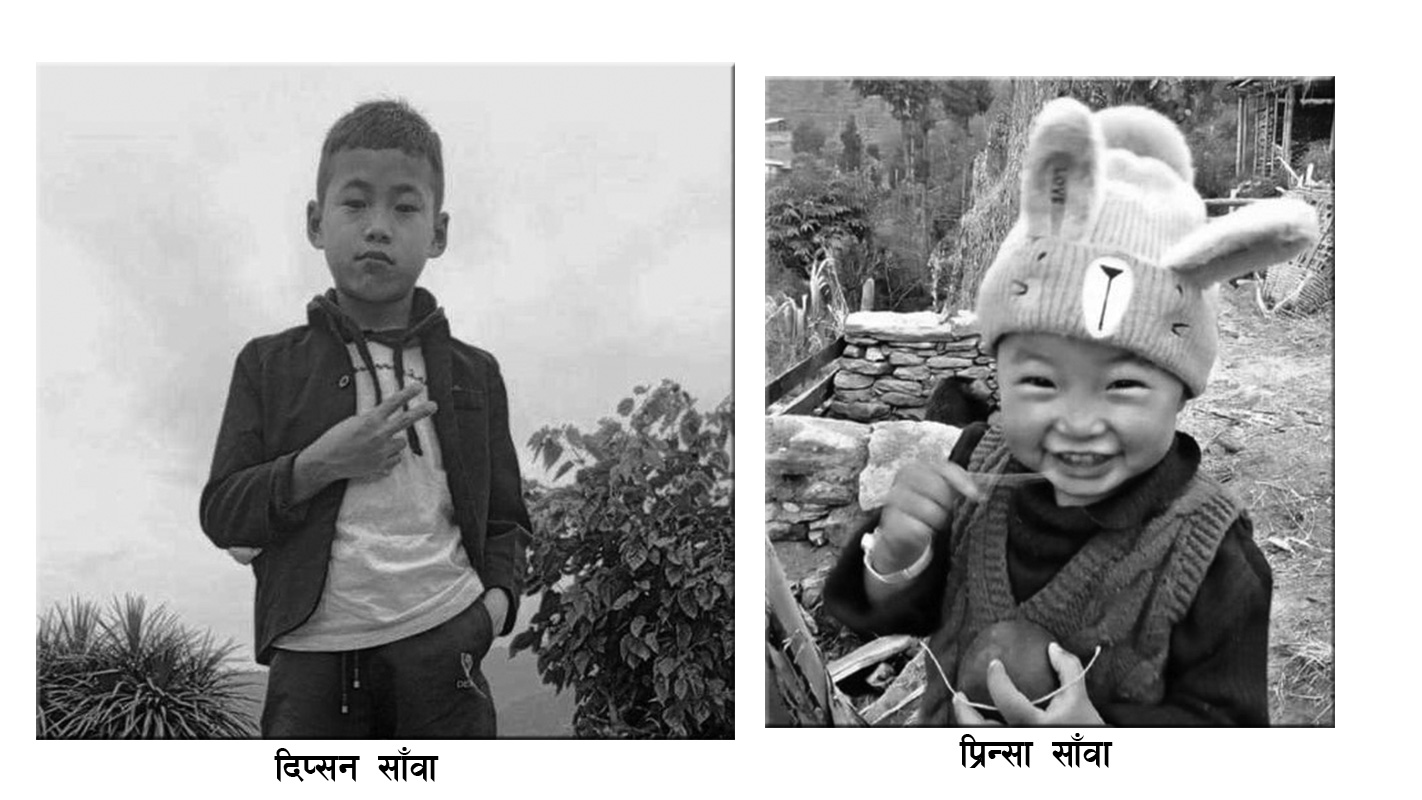Tharu Cultural Museum packed with tourists
We use Google Cloud Translation Services. Google requires we provide the following disclaimer relating to use of this service:
This service may contain translations powered by Google. Google disclaims all warranties related to the translations, expressed or implied, including any warranties of accuracy, reliability, and any implied warranties of merchantability, fitness for a particular purpose, and noninfringement.


Dang is considered to be the base of the Tharu race. Based on the belief that Dangisharan, the first king of Tharu, ruled, the rural municipality in the western region of Dang has been named Danshisharan.



In Danshisharan Rural Municipality-3 Chakhour, the Tharu Cultural Museum, built to preserve the history and culture of the Tharu caste, has been decorated with statues of art, culture and customs of the Tharu from birth to death.
which Tharu and other castes gather to watch. The museum of Chakhaura has become one of the tourist destinations of Lumbini province. Now the number of people arriving here is more than one thousand daily. The history of Tharu living in different districts of Nepal including Dang can be seen . The traditions, dances, festivals and social life of the Tharu caste have been decorated inside the museum and on the walls.
The traditional houses, rooms, dhansar, places where gods are kept, pujapaths, rituals performed at birth and after death are decorated with idols that give a glimpse of the Tharu settlement. Clothes worn by Tharu men and women, religious activities, clothes worn during singing and dancing are decorated with ornaments.
Dilli Bahadur Chaudhary, the planner of the museum and former chief minister of Lumbini Province, said that the museum was built to preserve the history of the Tharu who live everywhere in Nepal. Culture, customs and history can be seen in the museum,' he said, 'This is the biggest museum in the country. Here you can see statues of Tharu rituals and on the walls of houses. There are idols and maps about Tharu Raja's rule in his area.
The museum spread over 5 bighas has added assets of more than one billion. Elderly people say that they migrated from Dang to Kanchanpur, Kailani, Banke, Bardia. The statue of Dangisharan, the first king of Tharu, has been installed in the museum. There is a statue of another Tharu leader . There are more than two hundred statues reflecting the culture inside the museum. Rajesh Chaudhary, president of the Tharu Culture Museum, said that new ones are still being added.
Here the physical structure is also being built . Boats can be rented. He said that there are old and new Tharu museum building, Tharu rest house, theater house, library, recording studio, Kosheli house, guest house, restaurant, assembly hall etc. Various Tharu dishes can be eaten in the restaurant. Accommodation is also available here.
Tribal Tharu art, culture reflecting costumes, jewelry, agricultural tools and equipment they use. Pottery, dhakia, gundri, wooden slippers, silver ornaments, money, tools used for plowing and digging fields are kept.
The management of the museum, Shanta Chaudhary, told that Tharu families from all over the country are coming here by rebarking their cars to see it. Other castes also come to watch. 300 to 1000 tourists enter daily. There is a guide for the tourists to see inside the museum.
The main feature to see here is various sculptures, materials and paintings. As soon as you enter through the gate, the park has statues of Raj, air-fanned horses and nymphs . Yamurti was built by bringing Kaligarh from Tikapur in Kailali. Chaudhary said that 204 different idols can be seen, including those built on the basis of the historical legend connected with the love of the Tharu king.
Tharu caste fishing nets, wells and waterfalls have been constructed. The statue of Guruba of Deukhuri valley is kept. Inside the museum, clothes and jewelery are kept in separate houses for men and women. Names are written on jewelery and clothes reflecting the history of Tharu. 23 people are employed within the
museum. Shambhu Giri, president of Dangi Sharan Rural Municipality, said that it has helped in economic prosperity in this area. He said that more than 200 people have been employed in the village to provide food, accommodation and lunch to the tourists who came from far away, including vegetables, fish, snails, local alcohol production, Tharu food dishes at home.
is located at a distance of 9 km from Tulsipur in Dang. Due to the proximity of the Tulsipur-Surkhet road, tourists from India visiting religious tourist sites including Swargaddhari of Pyuthan also visit the museum. More than 50 autos ply between Tulsipur and Chakhaura. Inside the
museum is the Kosheli House . Local products such as food, honey, tilki rice, ginger, smoke etc. are kept here. The demand for local products in the village is also increasing because tourists buy them. 5 percent of the ticket fee charged to enter the museum is deposited in the account of Danshisharan Rural Municipality. Giri said that due to the
museum, the economic prosperity and employment in this region including Danshisharan Rural Municipality is becoming stronger. The number of tourists visiting the museum has increased every year.
 प्रकाशित : वैशाख ३१, २०८१ १७:२९
प्रकाशित : वैशाख ३१, २०८१ १७:२९

 २४.१२°C काठमाडौं
२४.१२°C काठमाडौं









![बाँके बस दुर्घटनामा थप एक जनाको मृत्यु [अपडेट]](https://assets-cdn-api.ekantipur.com/thumb.php?src=https://assets-cdn.ekantipur.com/uploads/source/news/kantipur/2024/third-party/accident-1312024093851-1000x0.jpg&w=241&h=158)




